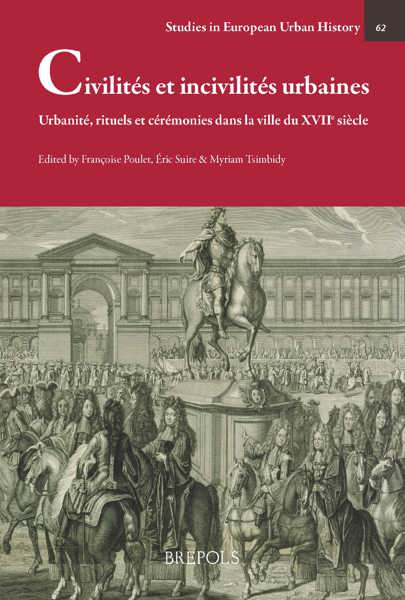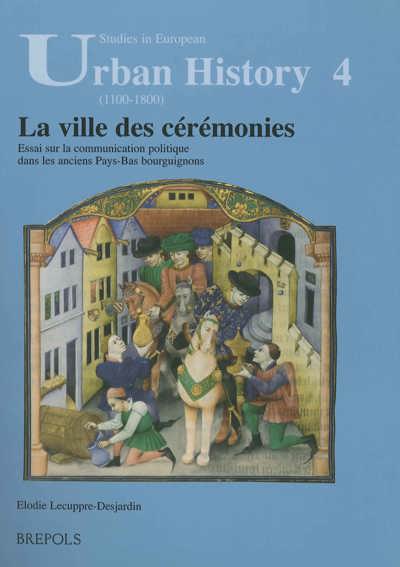
Painting for the Market : Commercialisation of Art in Antwerp's Golden Age
Filip Vermeylen
- Pages: 208 p.
- Size:180 x 250 mm
- Illustrations:19 b/w
- Language(s):English
- Publication Year:2003
- € 65,00 EXCL. VAT RETAIL PRICE
- ISBN: 978-2-503-51381-2
- Paperback
- Out of Print
- € 65,00 EXCL. VAT RETAIL PRICE
- ISBN: 978-2-503-55906-3
- E-book
- Available
This study has received the Bainton prize in Art History (2004), sponsored by the Sixteenth Century Society and Conference
This study examines the process of commercialization of art which took place in Antwerp during the long sixteenth century, an era of rapid expansion of both the city’s economy and its art market. Indeed, Antwerp carved altarpieces, paintings, tapestries, books and other luxury items were exported to an area stretching from the Baltic region to the Mediterranean Basin during this time period. The key development that explains the success of Antwerp as an export center for the arts, the author argues, lies not only in the strength of the Antwerp economy and the artistic tradition of the Southern Netherlands, but specifically in the shift from ordering artwork on commission to the production for the open market. In other words, Antwerp artists were much more inclined to produce art on spec and, consequently, art was commercialized at an early stage and became the subject of intense trading.
Focusing on painting and to some degree on other art forms such as sculpture and tapestry, the author surveys the various factors that contributed to this phenomenon: proto-industrial workshops engaged in standardized production of popular images, and the sophisticated commercial infrastructure that the city could boast allowed art to be sold wholesale to an international clientele at the panden (specialized sales halls). However, the flourishing of the art market was ultimately a direct result of the increased demand for luxury goods, both foreign and domestic, and Antwerp was essentially the locale where supply and demand for art converged.
The booming art market led to increased commodization of works of art; art dealers entered on the scene and further professionalized the art trade during the second half of the sixteenth century. In painting, commercialization led to a diversification of the genres, a form of product innovation that generated new demand. Clearly, Antwerp’s pivotal position in the European trade network and its pioneering role in introducing capitalist commercial techniques had transformed the way art was marketed and produced.
The outbreak of the Dutch Revolt during the last third of the sixteenth century severely disrupted the economy of the Southern Netherlands, and as a result, the Antwerp art market collapsed in the mid-1580s. However, in the difficult closing years of the sixteenth century, a transformation process began to take shape in which the foundations were laid for yet a new era of cultural eminence for the city of Antwerp.
!Winner of the Roland H. Bainton Prize for Art History!
"Vermeylen's book makes absorbing reading for the specialist and the non-specialist. It is, thus, a rarity in academic publishing because it manages to reach a varied audience even as it retains its scholarly rigor. Throughout, it also conveys the passion and absorption that the author feels for his material and the result is a book of intellectual complexity, accomplished scholarship and narrative flow."




